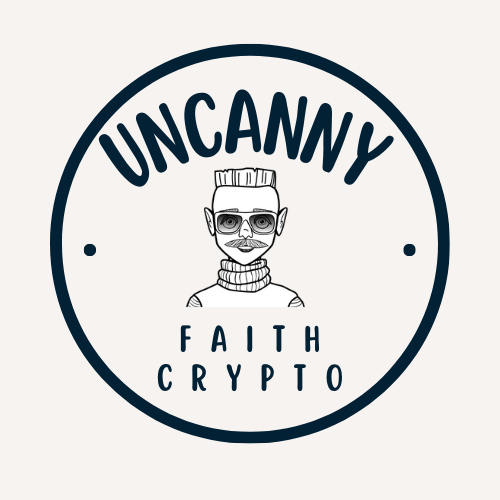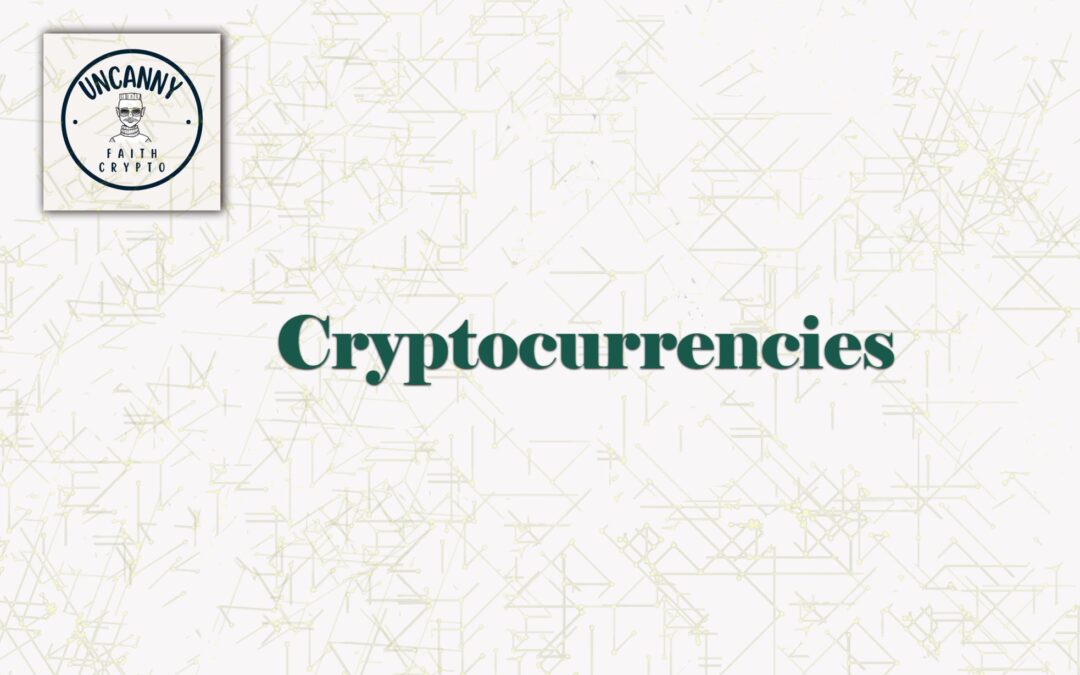In a rapidly evolving DeFi industry, few protocols boast the innovation and foresight that Kyber Network brings to the table. As blockchain adoption surges and decentralization reshapes traditional finance, Kyber Network remains at the forefront of providing efficient, secure, and transparent liquidity solutions.
But what exactly does the future hold for Kyber Network by 2025? What trends will shape the future of decentralized liquidity protocols, and how will Kyber remain relevant in this highly competitive ecosystem?
In this comprehensive article, we’ll explore the top trends emerging by 2025 within the DeFi (Decentralised Finance) space, particularly focusing on Kyber Network and its impact. Whether you’re a trader, investor, developer, or crypto enthusiast, there’s something valuable for everyone here.
By the end of this article, you’ll understand how Kyber Network positions itself as a trailblazer in DeFi, what trends are expected to dominate the ecosystem, and actionable insights to navigate this rapidly transforming industry.
Let’s dive in.
Understanding Kyber Network and Decentralized Liquidity Protocols
To appreciate Kyber Network’s significance, let’s first understand what decentralized liquidity protocols are. At their core, these protocols facilitate transactions by connecting buyers and sellers of various tokens without relying on intermediaries, such as centralized exchanges.
Kyber Network is one of the earliest innovators in this space, offering a liquidity aggregation platform where users gain access to deep liquidity while enjoying low slippage, fast execution, and ease of integration for developers.
In essence, Kyber operates as the backbone of DeFi liquidity, empowering projects, decentralised applications (dApps), and traders. But what makes Kyber particularly exciting? Its ability to adapt and stay relevant in an industry that’s constantly rewriting its rulebook.
Now, as we stand on the precipice of 2025, what trends are likely to mould the future of Kyber Network and decentralized liquidity protocols?
Top Trends Shaping Kyber Network and Decentralized Liquidity in 2025
1. Rise of Multi-Chain Ecosystems
The blockchain space is no longer limited to Ethereum; multi-chain ecosystems are becoming the norm. As projects expand to chains like Solana, Avalanche, Binance Smart Chain (BSC), and Polygon, the demand for interoperability between networks will be paramount.
Kyber Network has already made strides with its KyberSwap Elastic, integrating multiple chains to provide liquidity across diverse ecosystems seamlessly. By 2025, we expect this trend to deepen, with Kyber evolving into a truly chain-agnostic protocol.
With expanded multi-chain compatibility, users will gain access to cross-chain liquidity pools, lowering friction for diverse blockchain investments. Imagine maximizing returns across different blockchains without the want of switching wallets or platforms.
Actionable Insight: Projects looking to thrive in this space should become early adopters of multi-chain liquidity protocols like Kyber. This will future-proof their operations and ensure scalability alongside the evolution of blockchain technology.
2. Liquidity Mining 2.0 – Focus on Sustainability
Liquidity mining, while high in rewards, often leads to unsustainable token emissions and price volatility. By 2025, innovative models, such as Kyber’s Dynamic Market Making (DMM) and controlled liquidity incentives, will redefine liquidity mining.
Kyber has already introduced mechanisms that promote capital efficiency and balance incentives for liquidity providers with the health of the ecosystem. Going forward, these models will evolve to focus on reducing impermanent loss (a major pain point for liquidity providers) and tailoring rewards based on market conditions.
Example: Rather than blanket reward distributions, protocols like Kyber will adopt smarter strategies, where rewards are tailored to high-demand tokens or targeted liquidity solutions—paving the way for more sustainable, long-term ecosystems.
3. Permissionless Protocol Innovations
In 2025, permissionless protocols will solidify their dominance in the DeFi ecosystem. These are systems that anyone can access without gatekeepers, enabling complete decentralization and empowering developers, regardless of geographical or financial barriers.
Kyber’s focus on permissionless liquidity development sets the gold standard. Through tools like its KyberDAO, users can govern protocol upgrades and reward schemes, ensuring that control remains with the community.
We expect Kyber’s DAO structure to expand further, with advanced community governance features that will tweak liquidity parameters dynamically based on market needs.
Actionable Insight: Participate in KyberDAO to directly influence and capitalise on these permissionless governance changes. By aligning with decentralized decision-making trends, you’ll stay ahead of DeFi’s evolution.
4. Enhanced User Experience in DeFi
Let’s face it, DeFi still has a steep learning curve for newcomers. By 2025, the DeFi ecosystem, spearheaded by platforms like Kyber, will commit to enhancing user experiences (UX) by simplifying processes and interfaces.
KyberSwap’s intuitive design and low-slippage execution are already making strides in this area. Expect the future to hold features such as one-click integrations, gas fee optimization across networks, and real-time analytics for liquidity providers.
Example: Think of a scenario where you, as a user, input your desired token with a single click, and Kyber offers the most optimal liquidity route across five chains. No hassle, no manual bridging—just seamless trading.
5. Hybrid Models: Marrying Centralized Finance (CeFi) with DeFi
While decentralisation is a key tenet of blockchain, the blending of CeFi and DeFi has proven to be an efficient bridge to onboard traditional users.
By 2025, Kyber Network is poised to lead in establishing partnerships with CeFi institutions to provide liquidity, integrate off-chain data more effectively, and onboard institutional players into the DeFi realm.
Kyber’s transparent operations and commitment to regulatory compliance make it a suitable candidate for hybrid solutions, acting as a beacon of trust in an industry sometimes clouded by scepticism.
Actionable Insight: Be on the lookout for partnerships and developments between Kyber and CeFi entities. These ventures could introduce volume, liquidity, and increased profitability for users throughout the network.
6. Expansion of Real-World Use Cases
As blockchain tech grows, real-world DeFi applications are no longer just ideas—they’re transforming industries. By 2025, decentralized liquidity solutions like Kyber will become instrumental in sectors such as supply chain finance, gaming, tokenized real estate, and healthcare.
Take gaming, for instance. With the explosive growth of GameFi, Kyber’s ability to integrate liquidity for in-game tokens will only deepen its relevance. Similarly, industries needing liquidity solutions at scale will naturally gravitate toward such efficient, trustless platforms.
Kyber’s SDKs (Software Development Kits) are poised to empower game developers and web3 projects with plug-and-play liquidity integrations, further expanding Kyber’s practical applications.
7. Regulatory Challenges and Opportunities for Compliance
Innovation doesn’t exist in a vacuum. By 2025, DeFi protocols like Kyber will increasingly face regulatory scrutiny. However, those that adopt proactive compliance measures without compromising decentralization will thrive.
Kyber Network’s transparency and its history of working within regulatory frameworks position it to navigate this complex terrain. Still, privacy-preserving technologies (e.g., zk-SNARKs), compliance features for KYC-optional pools, and self-regulatory mechanisms may become staples in Kyber’s future.
Frequently Asked Questions (FAQ)
1. What is Kyber Network’s key advantage in decentralized liquidity by 2025?
Kyber Network offers an aggregated liquidity protocol, superior capital efficiency, and seamless multi-chain operations, enabling sustainable growth in the evolving DeFi ecosystem.
2. How does Kyber address impermanent loss?
Kyber employs innovative market-making techniques, such as Dynamic Market Making (DMM), to optimise liquidity pools and reduce impermanent loss.
3. Why is multi-chain compatibility important?
Multi-chain compatibility ensures tokens and assets can move seamlessly between networks, maximising liquidity and providing users with diverse investment opportunities.
4. How can I get involved with Kyber?
Getting involved is simple! Participate in the KyberDAO governance system, provide liquidity on KyberSwap pools, or trade directly on the platform.
Conclusion
As we inch closer to a more decentralised financial future, Kyber Network is setting the stage for what’s next. With its focus on multi-chain ecosystems, sustainable liquidity mining, and expanding real-world use cases, Kyber remains a key pillar for innovation in DeFi.
By 2025, decentralized liquidity protocols won’t just facilitate token swaps; they’ll enable the seamless convergence of industries, technologies, and economies. For Kyber enthusiasts, builders, and investors, the future is bright, dynamic, and filled with opportunities.
Now, the question is: Are you ready to ride the Kyber wave into 2025 and beyond?

